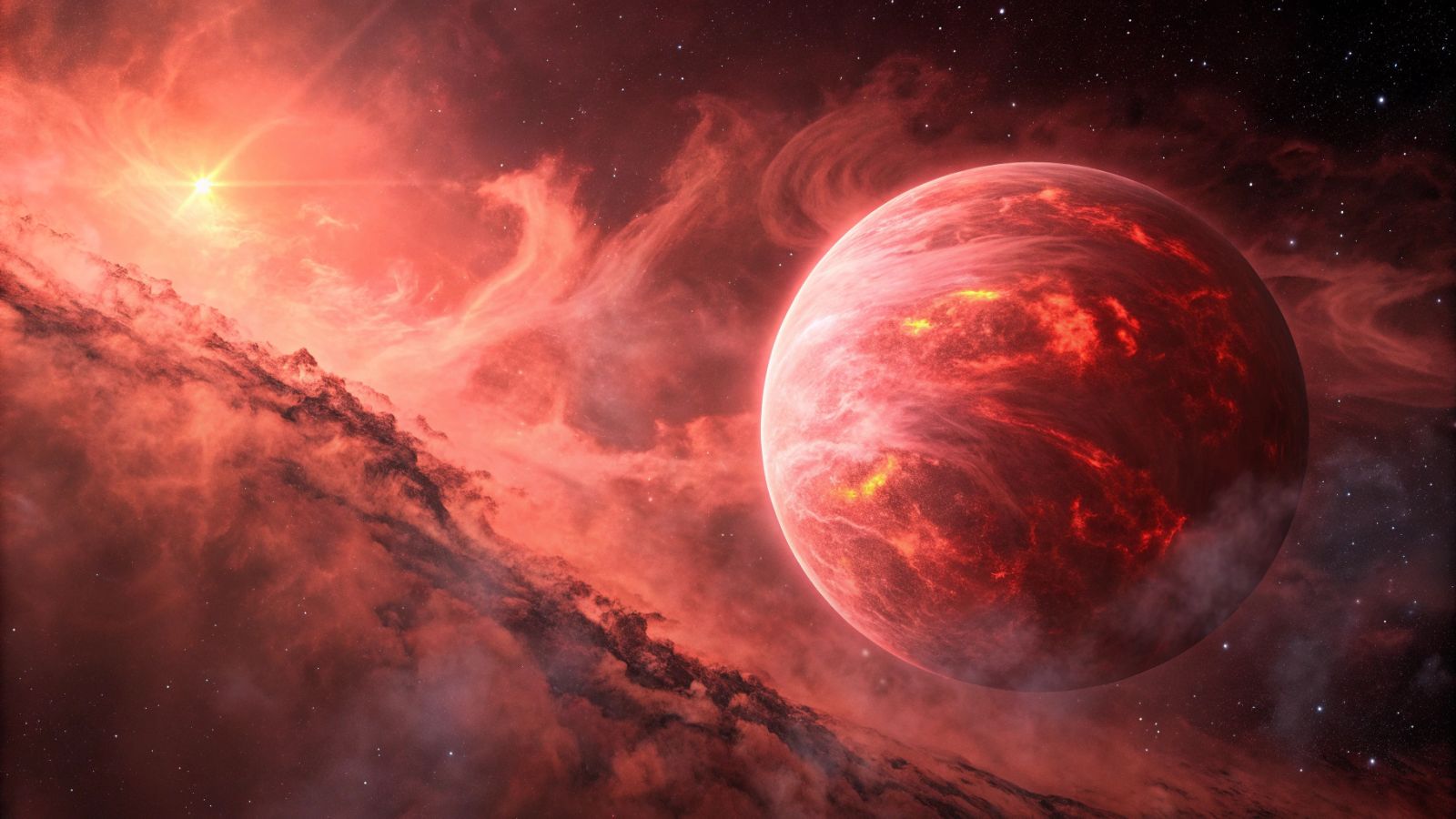✨ Discovery of extreme "failed stars": what do they teach us?
Follow us on Google News (click on ☆)
These discoveries could help clarify the boundary between large planets and small brown dwarfs, as well as between the latter and small stars. Researchers emphasize the importance of these objects for understanding stellar and planetary formation processes.

The team spotted these brown dwarfs in IC 348, a cluster of young stars located in the Perseus Molecular Cloud, about 1,000 light-years from Earth. The presence of a gas and dust disk around one of them suggests the possibility of planetary formation, even around such a low-mass object.
Brown dwarfs, though formed like stars, lack sufficient mass to initiate hydrogen fusion into helium in their cores. This characteristic places them in a unique category, between giant planets and the smallest stars.
An additional surprise awaited researchers: the detection of an unidentified hydrocarbon in the atmosphere of these brown dwarfs. This compound, previously only observed on Saturn and Titan, remains a mystery to scientists. The James Webb Space Telescope played a key role in these observations, thanks to its unprecedented sensitivity in the infrared.
Next steps include further spectroscopic analyses to identify this mysterious hydrocarbon. Theorists are also being called upon to explain its presence, given the absence of methane, which is usually detected in older brown dwarfs.

A size comparison between the Sun, a low-mass star, a brown dwarf, Jupiter, and—if you can spot it—Earth.
Credit: NASA
What is a brown dwarf?
Brown dwarfs are celestial objects that occupy an intermediate position between giant planets and the smallest stars. They form in the same way as stars, from the collapse of a gas and dust cloud, but lack sufficient mass to initiate nuclear fusion of hydrogen into helium in their cores.
This absence of fusion distinguishes them from stars, while also differentiating them from planets by their formation process. However, brown dwarfs emit faint light, primarily in the infrared, due to residual heat from their formation and the fusion of other elements like deuterium.
The discovery of very low-mass brown dwarfs, like those recently observed, challenges our understanding of the lower limits of stellar formation. These objects could help better define the boundary between planets and stars.
Brown dwarfs are also unique laboratories for studying atmospheres under extreme conditions, offering clues about chemical and physical processes that might exist on similar exoplanets.
How is the James Webb Telescope revolutionizing the study of brown dwarfs?
The James Webb Space Telescope (JWST) represents a major advancement for the study of brown dwarfs thanks to its ability to observe in the infrared with unprecedented sensitivity and resolution. These capabilities allow the detection and analysis of very cold and faint objects, like brown dwarfs, which emit primarily in this wavelength.
The JWST has already identified unidentified hydrocarbons in the atmosphere of some brown dwarfs, raising new questions about the chemistry of these objects. These discoveries could lead to a better understanding of atmospheric processes and brown dwarf formation.
Moreover, the telescope offers the possibility to study very low-mass brown dwarfs, potentially similar in size to Jupiter. These observations could help refine the lower mass limit for brown dwarf formation.